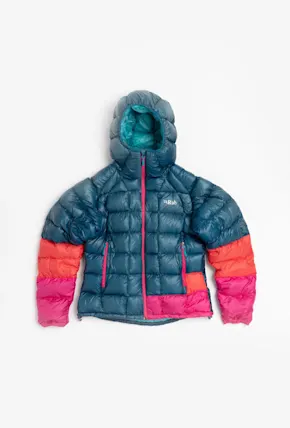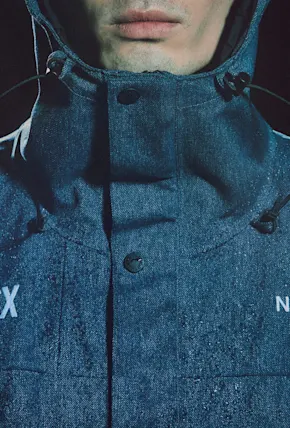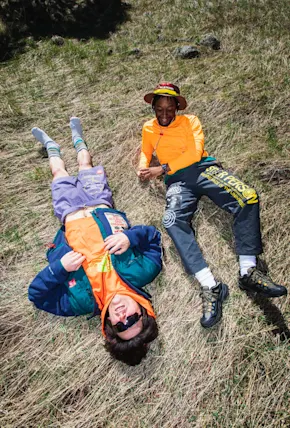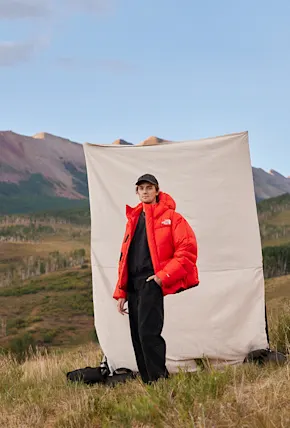Today, The North Face launched the evolution of its recommerce program Renewed. Deemed the “Renewed Design Residency,” the brand’s new initiative grants TNF designers the opportunity to visit third-party apparel upcycler The Renewal Workshop as part of a bi-annual seminar. The goal: bring circular and reduced-impact design thinking to the earliest parts of the design process.
With this program, The North Face bolsters its Renewed used gear program (originally launched in June 2018) to join a growing trend of “upcycling” within the outdoors industry. Perhaps the highest profile of the lot is Patagonia’s WornWear Recrafted program, which launched in November 2019 to piggy back off the successful Worn Wear initiative, that debuted online in permanent form in September 2017. Both market places now offer custom, one-off rebuilt pieces alongside previously owned garments that have been cleaned and certified for resale. And to date,
Other brands embracing similar environmentally and socially responsible efforts include Arc'teryx's reselling platform Rock Solid, Cotopaxi's Repurposed Collection, and adidas TERREX's ongoing partnership with Parlay, which makes functional textiles from plastic pulled from the oceans.















